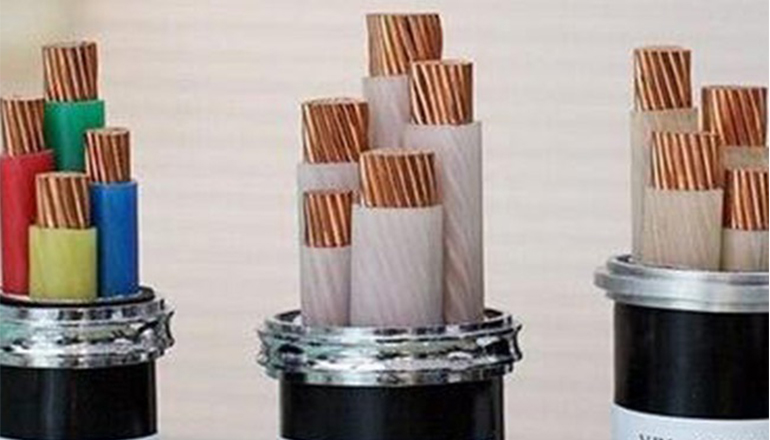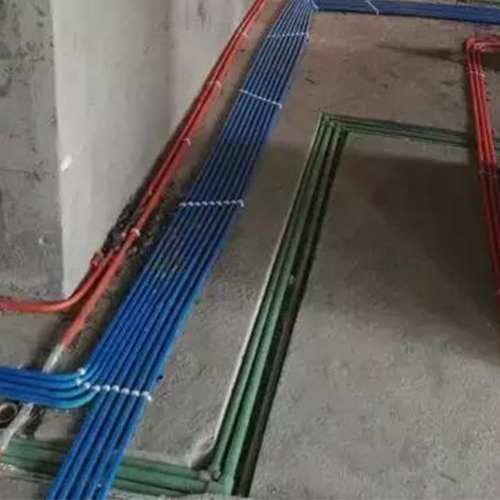- Offices Time:24 Hours Online
- Email:[email protected]
- WhatsApp:+8618339938759

Posted on January 9, 2024
What are the laying methods of copper core wires and cables?
Copper core wires and cables are commonly used electrical materials in homes and projects. The international copper core cable standard is a specification for the manufacture and use of copper core cables used in communications, power and other fields. International copper core cable standards mainly include regulations on product design, raw material selection, manufacturing process, performance requirements, test methods, etc. Correct wire and cable laying methods can ensure the safety and service life of wires.

Laying method of copper core wires and cables
1. Direct burial laying
This is a simple laying method that buries the wires directly underground. It is suitable for short-distance laying, and it is necessary to ensure that the moisture and humidity of the soil are low to avoid corrosion and damage to the wires.
2. Cable trench laying
Cable trench laying is a common method in construction sites or projects. By digging a trench and filling it with appropriate materials, place the wires into the trench and take protective measures. This type is suitable for long-distance and large-area laying and requires a professional construction team to operate.

3. Pipe laying
The wire is passed into a protective tube, which is generally a metal tube. It is suitable for occasions with high requirements for the protection of wires, such as occasions with high requirements for the insulation of wires in humid environments.
4. Wall laying
Make a slot in the wall, put the wires and cables into the slot, and fill it with cement and other materials. Suitable for short-distance laying in homes and projects.
5. Bridge laying
Suitable for long-distance laying, convenient for installation and maintenance.
How to evaluate the anti-electromagnetic interference performance of copper core wires and cables?
The anti-electromagnetic interference evaluation of copper core wires and cables needs to be done. How to ensure that the performance of copper core wires and cables meets the requirements? The following evaluations of wires and cables need to be made.
1. Shielding effectiveness
The shielding effectiveness of cables is an important indicator for evaluating their anti-electromagnetic interference performance. Shielding effectiveness refers to the ability of the cable shielding layer to block external electromagnetic fields. Commonly used evaluation methods include the use of shielding effectiveness testing instruments to evaluate the cable’s ability to resist electromagnetic interference by measuring its shielding effectiveness at different frequencies.
2.Transmission performance
The transmission performance of cables is also an important indicator for evaluating their anti-electromagnetic interference performance. Transmission performance includes transmission rate, transmission distance and signal quality. By conducting transmission tests in actual application environments, the transmission capabilities of cables in electromagnetic interference environments can be evaluated.
3. Anti-interference ability
The anti-interference ability of a cable refers to its ability to maintain normal operation in an electromagnetic interference environment. Commonly used evaluation methods include practical application testing of cables in electromagnetic interference environments to observe whether they are affected by interference and their ability to respond to interference.
4. Meet standards
The anti-electromagnetic interference performance evaluation of cables can also refer to relevant international and industry standards. For example, the International Electrotechnical Commission (IEC) has issued a series of standards on the anti-electromagnetic interference performance of cables, which can be used as a reference for evaluation.
To sum up, evaluating the anti-electromagnetic interference performance of copper core cables requires considering shielding effectiveness, transmission performance, anti-interference ability and compliance with standards. Through the comprehensive use of experimental testing, practical application testing and reference standards, the anti-electromagnetic interference performance of cables can be comprehensively evaluated.
Post categories
Most Popular Posts
-
The 136th Canton Fair welcomes you to participate!
October 12, 2024 -
High temperature cable introduction
July 26, 2024 -
Kenya Power and Energy Exhibition 2024
June 11, 2024 -
Introduction of rubber sheathed cable
June 5, 2024





